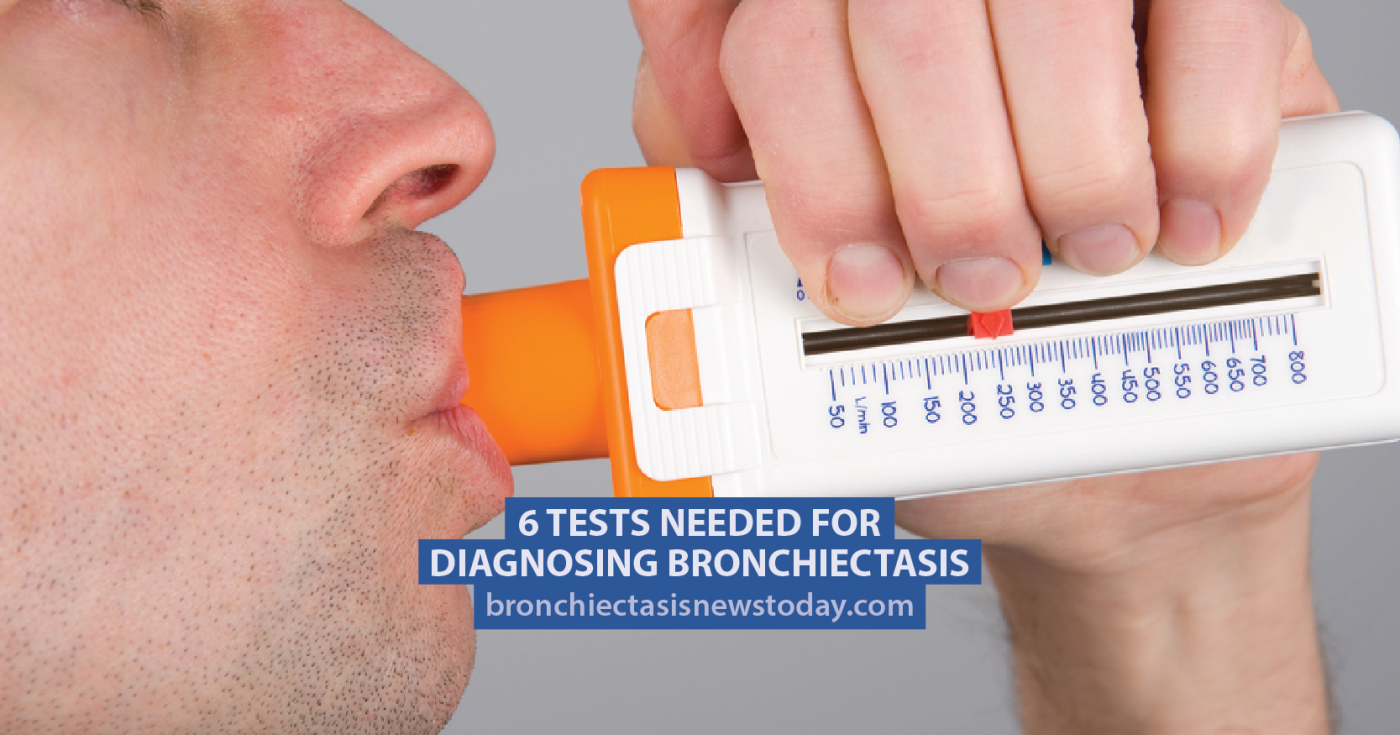Bronchiectasis is a chronic lung disease which causes inflammation of the airways and leaves the patient unable to clear mucus from the lungs which increases the risk of infection.
Patients usually present symptoms such as a persistent cough and breathlessness, but in order to diagnose bronchiectasis a number of tests need to be carried out.
These tests include:
Blood Tests
Blood tests will help doctors to determine if there are any conditions present which are associated with bronchiectasis and to see if there are any underlying infections.
Find out more about diagnosing bronchiectasis here.
CT Scans
The results of CT scans or chest x-rays will be used to look at the lungs in more details. The scans will show any problems such as inflammation, scarring, and thickening of the airways.
Discover some lung exercises to improve breathing for bronchiectasis patients.
Sputum Sample
A sputum (or mucus) sample will be taken and tested to see if there any bacterial infections present or microbes which could be causing problems with the lungs.
Study finds bronchiectasis patients have a higher risk of cardiovascular disease. Read more here.
Lung Function Test
A lung function test measures how much air a person can breathe in and out, along with the speed and force a person can exhale air from their lungs. The test can also determine how efficiently the lungs are delivering oxygen to the blood stream.
A pulmonologist describes the symptoms of bronchiectasis. Find out more.
Sweat Test
A sweat test is used to eliminate cystic fibrosis. People who have cystic fibrosis will have a very high level of salt in their perspiration. Cystic fibrosis can often be the cause of bronchiectasis.
Discover the six known causes of bronchiectasis.
Bronchoscopy
A bronchoscopy is used for bronchiectasis patients who are not responding to treatment. The test uses a flexible tube with a light attached which takes video images of the person’s airways so further analysis can be done.
Find out more about the pathology of bronchiectasis with these simple diagrams.
Bronchiectasis News Today is strictly a news and information website about the disease. It does not provide medical advice, diagnosis or treatment. This content is not intended to be a substitute for professional medical advice, diagnosis, or treatment. Always seek the advice of your physician or another qualified health provider with any questions you may have regarding a medical condition. Never disregard professional medical advice or delay in seeking it because of something you have read on this website.


Please I want to know if there is a role for therapeutic bronchoscopy( for suctioning secretions) in patient with bronchiectasis in 35 years old who on invasive MV with copious secretions for more than 10 days
I want to know if doing bronchoscopy,will they do biopsy too?